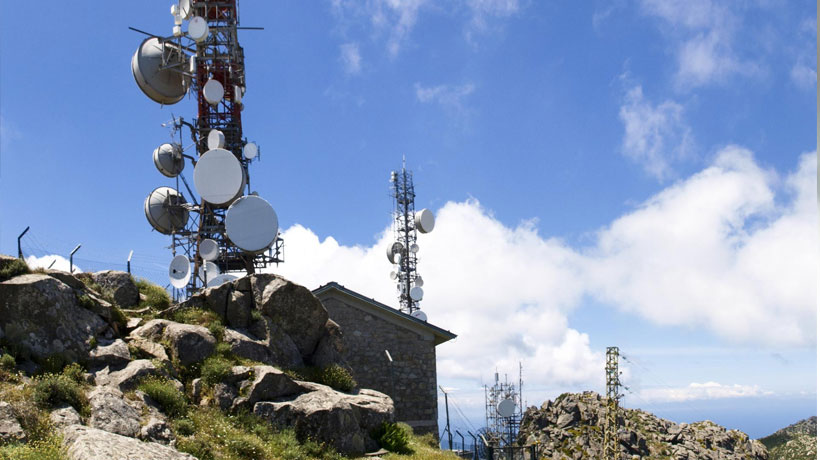5G networks will soon be supporting the flow of communications and data, both vital components for safe cities. 5G will bring with it many new benefits, including greater support for field personnel by allowing them to access and update data in real time, wherever they are. It will also bring a wealth of new data sources by multiplying capacity for the IoT. This means more data from an expanding range of sources can be collected and quickly analyzed to improve vital services to citizens. One such area is public safety.
In fact, the projected scenario for the near term is one in which millions of sensors will be able to provide data that, if correctly interpreted and used, can lead to greater awareness and city safety. Just think of traffic monitoring and ‘smart’ signals for adaptive flow control to cut congestion, reduce accidents, and clear routes for emergency vehicles or patient-centric care that can connect paramedics with medical histories and ambulances to emergency teams at hospitals.
Telecommunications networks have a fundamental role in the development of a safe city because they enable the communication between machines, sensors, devices, and people. Because of this, 5G has become an important initiative for the telco sector. While activation of 5G networks is scheduled for 2020, experiments have already begun in cities around the world. Commercial realization of networks will involve substantial investment in infrastructure, which requires efficient planning and execution.
How Hexagon Solutions are Supporting the Move to 5G
With Hexagon solutions, telcos can plan the communication infrastructure to support the networks needed for safe cities. By creating increasingly intelligent network models, telcos can keep pace with rocketing demand for capacity, speed up intervention times, reduce errors and costs, and make wireless networks more reliable.
Our Intergraph G/Technology Fiber Optic Works provides capabilities for studying the positioning of antennas and wireless towers to support the analysis, high-level planning, detailed design, and construction of 5G networks. It allows telcos to evaluate costs and compare schemes, design civil infrastructure and optical components, manage permits, and plan and manage field activities with integrated mobile and workforce management applications.
Telcos can also improve support for field engineers with Intergraph Networks, which provides immediate access to comprehensive network data (including optical schemes, circuitry, equipment data, and civils) and allows real-time communication with the back officethrough standard web services that allow crews to view, update, and add data to the 5G network.
Intergraph Networks also allows the network model to be accessed across the business. By enabling multiple users, business workflows, and systems within the company to interact with network information directly from the source, the solution removes redundant and disconnected processes. This reduces operational delays, errors, and costs of record transcribing and maintaining duplicate information, resolving conflicts, and aggregating information split across systems.
Next Steps
To learn more about Hexagon’s Intergraph Network Suite, visit our product page.















